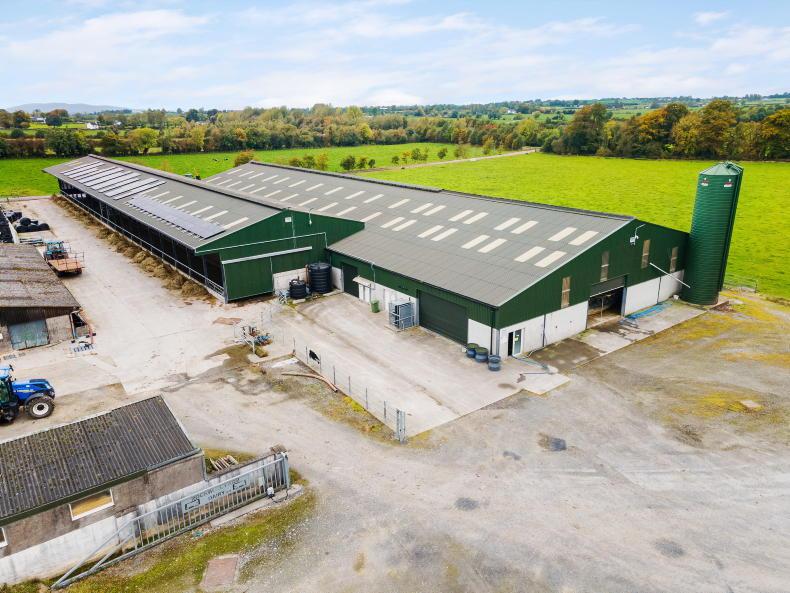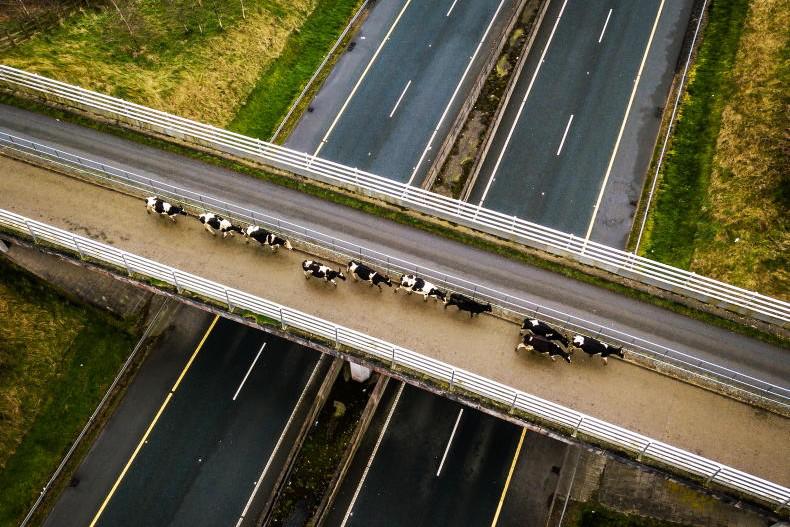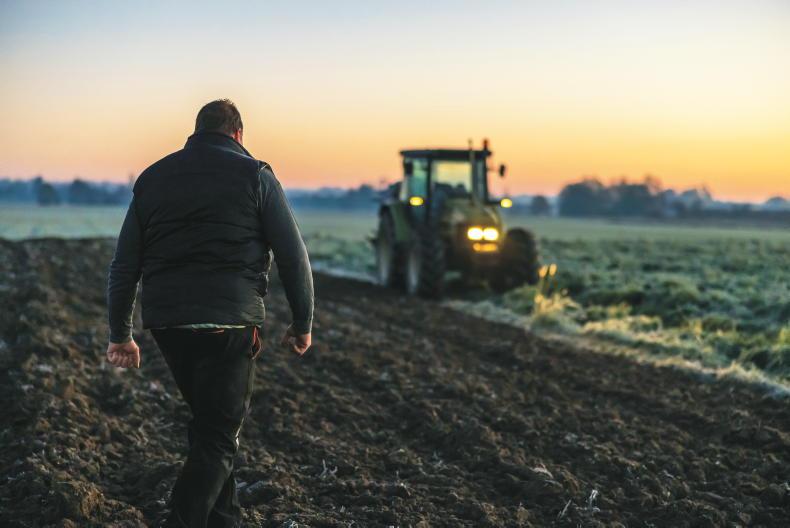The annual land price survey by the Irish Farmers Journal has potentially taken on extra relevance this year given the proposed reforms of inheritance tax (IHT) set out by British Chancellor Rachel Reeves in her autumn budget.
In that budget the Labour chancellor proposed a £1m threshold for Agricultural Property Relief (APR) and Business Property Relief (BPR) combined. There then followed various claims from party colleagues, including Prime Minister Starmer, that the £1m threshold in some way protects family farms.
That is not true and at the NI land price average of £14,736/acre in 2024, it equates to under 68ac of land.
However, our survey also highlights the significant range in land prices across NI. With averages of around £20,000/acre, it is farmers in counties Armagh and Down that would be hardest hit by the proposed changes to the IHT regime.
Estate
The land price survey is an analysis of the price of bare land. Yet when it comes to valuing an estate for IHT, a dwelling house and farm buildings would also be included.
Previous analysis has suggested it is reasonable to add on 33% to these land values to allow for farm dwellings, etc. That would effectively take average farms in Down and Armagh to values of around £26,500/ac. In other words, a farm holding of just over 37 acres would breach the £1m APR/BPR threshold.
Even if we assume the family farm is jointly owned by a married couple, each with a £1m APR/BPR allowance and we add in the individual tax-free threshold of £325,000, an average farm of over 100 acres in these two counties, would potentially be liable for an IHT charge.
Using these same figures, a 200ac farm passed on by a married couple potentially faces an IHT bill of £200,000. If this farm is owned by one person, the bill is £265,000. It is crazy to suggest a 200ac farm in NI generates enough spare cash to pay that.










SHARING OPTIONS